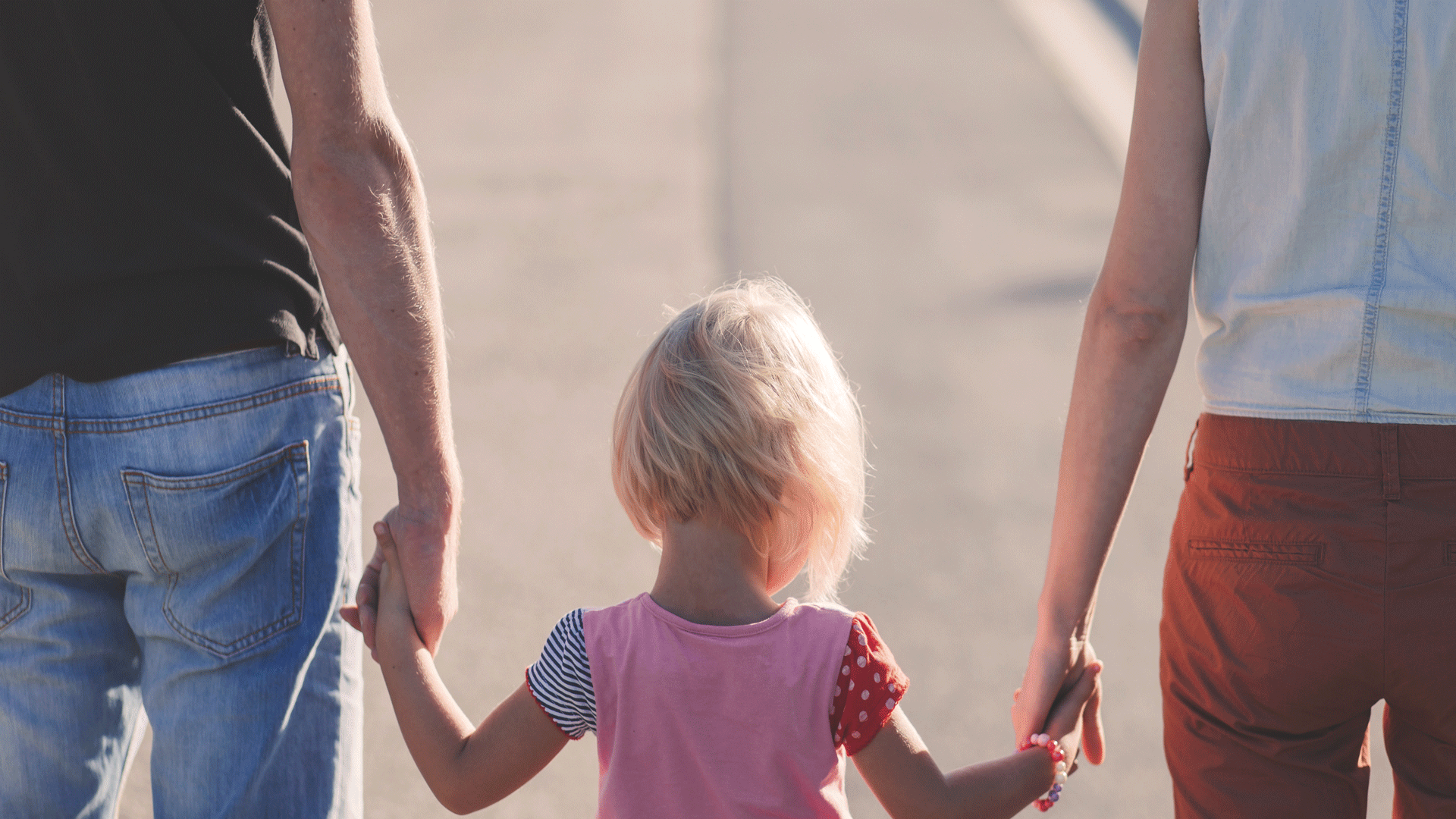
15 Jan How to Teach Your Children About Stranger Danger
Stranger danger can be a difficult subject to address with children. Psychologist Katharine Cook recommends taking a different approach from those used in the past.
All parents want to keep their children safe from harm, but many wonder how to do this without frightening their children.
So what can you do as a parent?
First, think about your child’s age and capacity to understand and act on information. Then consider ways in which your child can use protective-behaviour strategies.
Stranger Danger
The old stranger-danger messages relied on educating children about potential harm from adults unknown to them. There are some serious problems with this approach, especially in relation to preschool-age children. First, young children are completely dependent on adults to meet their needs. They have no option but to trust adults. We teach children that they must listen to adults and follow instructions. As well, when children show wariness of some adults, usually from 18 months of age, parents often chastise them for their shyness or clinginess.
Cognitively, it is impossible for children to understand the idea that some adults in the world hurt children and that they should be wary of people they don’t know. Children are naturally innocent and trusting. They believe most of what they are told and will trust adults.
Staying Safe
As a psychologist who has worked in the child-protection system, and with many clients at my practice being children with anxiety disorders and parents who are concerned about their children’s anxiety, I know the horror of what can happen to a child. However I do not advocate increasing a child’s anxiety about the potential dangers of the world before they can cognitively and emotionally cope with the information.
The other very important point is that most children are harmed not by strangers, but by an adult they trust and know.
Therefore, a much more effective strategy to teach young children about staying safe is protective-behaviours education. This aims to teach children to recognise their body’s reactions and feelings, and give them strategies to keep themselves safe.
Protective Behaviours
8 general principles to teach children are:
- They have the right to feel safe all the time. Help them understand what ‘safe’ and ‘unsafe’ mean, and what they feel like.
- Teach them to recognise and name emotions and feelings and share this information with you. Let them know they can talk about difficult feelings with you whenever they want. Help them understand that nothing is ever too bad to tell you about.
- Avoid negative messages about ‘dobbing’. If you want your child to tell you difficult things, encourage them to tell you whatever they want. It is preferable to have a child ‘dob’ on someone and for you to decide whether or not intervention is needed, than have children believe their parents don’t want to know something they have to say.
- Teach them about the difference between secrets and surprises. Identify the difference between secrets that are fun, and secrets that feel uncomfortable and bad.
- Teach them it’s okay to say ‘no’, and help them develop assertiveness skills.
- Help them understand the concepts of personal space and privacy. Teach them about their private parts and rules about touching.
- Teach them to identify five people they know and trust and can speak to if they have a worry or concern.
- Most importantly, supervise them as much as possible, while also letting them discover and explore.
Of course, stranger-danger education is just as important for older children, especially as they spend more time away from their parents. They, too, need to be taught about protecting themselves from bullying, unsafe situations, risk-taking and predators. But parents can start the process of teaching protective behaviours, recognising difficult feelings and laying the foundations of open communication with younger children, and working on self-protection strategies.
Katharine Cook is a child and family psychologist who worked in child protection for 15 years. She now works in private practice in the areas of trauma, attachment, parenting and perinatal anxiety and depression.
Words by Katharine Cook

